Hike four of my 52 Hike Challenge was to the Solstice Cave in Indian Valley and Torote Canyon in Anza-Borrego Desert State Park. You can't find any specific directions to the cave online or in any guidebook. The lack of info helps protect this special archaeological site. Torote Canyon, a tributary of Indian Gorge, shelters dozens of rare elephant trees. For many years it was thought not to exist at all in the United States, until it's official discovery in 1937.
The only reference to the Solstice Cave I knew of was from a brief mention of it in the Sombrero Peak hike description in Jerry Schad's book, Afoot & Afield in San Diego County- "On a slope above this drainage, archaeologists have identified an Indian ceremonial site keyed to the rising position of the sun at summer solstice." I had also seen photos of the cave on a few online sites and forums, but with no specific directions to it. However, a friend who had recently found the cave after several exhausting searches was gracious enough to give me a few hints to its location, while stressing the importance of not sharing its whereabouts anywhere online. Its a special place that's been kept unspoiled. So on a rainy Sunday morning, while still fighting a cold, I set off with a few others to find the cave.
All but low-clearance passenger cars should be capable of negotiating the sandy road (turnoff at mile 46.1 on Highway S-2, about 2 miles north of Bow Willow) leading into Indian Gorge.
The view to Sombrero Peak was partially obscured by the stormy weather.
Bundled up and ready to go. We would be subjected to intermittent rain during our trek.
Heading up with Steve, Tammy, Travis, and Sarah.
With no real trail to follow, the terrain ahead looked formidable.
Taking a short break for a group photo, minus yours truly.
The fifth wheel.
Eureka! The summer solstice cave!
The cave’s ceiling, a large fallen boulder, is covered in pictographs, mostly suns, hence the name. Petroglyphs and pictographs are representational art left behind by the original inhabitants of Anza-Borrego and are more plentiful here than in most other regions of North America.
Since there is really no way to translate this rock art, its meaning is often a matter of conjecture. However, experts believe that it revolves around how Native Americans interpreted their world and their lives; that such art came into play in initiation, fertility and marriage ceremonies, astronomical observations, visions and dreams and as historical records.
(Photo by Steve & Tammy.)
Taking in the views and relaxing in the cave. The Kumeyaay people who inhabited this region would leave their mountain homes to harvest food resources and to avoid inclement weather. While there is debate on when the oldest inhabitants of the region occupied these lands, evidence suggest use that extends back at least 1,100 years ago.
After taking in the views and reflecting on what ancient life must have been like here, we began our descent back to our vehicles.
Dodging the cholla on the way down.
At times, finding the best route through the rugged terrain was a challenge.
We finally make our way back to the valley floor of South Indian Valley and load our packs back into the rigs.
Just 0.2 miles from the valley forks, along the south fork, is a large granite boulder with a smoke-blackened cave and bedrock morteros on the backside.
After parting ways with Travis and Sarah, the rest of us headed about a mile up Torote Canyon to check out its elephant trees and secluded valley.
(Photo by Steve & Tammy.)
In Mexico, this tree is called torote, which means "twisted," in reference to the haphazard way the limbs twine upward. On the California side of the border, elephant trees are relatively rare, confined to a few spots scattered throughout the park.
The tree is usually found in rocky areas and on slopes. The first sighting in the Colorado Desert was made in 1911, but its exact location remained a mystery until an elephant tree hunt occurred in 1937 and representatives from the San Diego Natural History Museum and the state park officially recorded its location.
Its so... weird looking!
(Photo by Steve & Tammy.)
As the valley opened up before us, the elephant trees thinned out and cholla got thicker.
Last look of the valley before we turn around. Afoot & Afield in San Diego County describes a 4 mile round trip hike up this canyon and into several small valleys, richly endowed with desert vegetation and a healthy population of jackrabbits. I'll have have to return sometime to explore it further.
Distance: 4 miles
Elevation gain/loss: 1444'/1444'
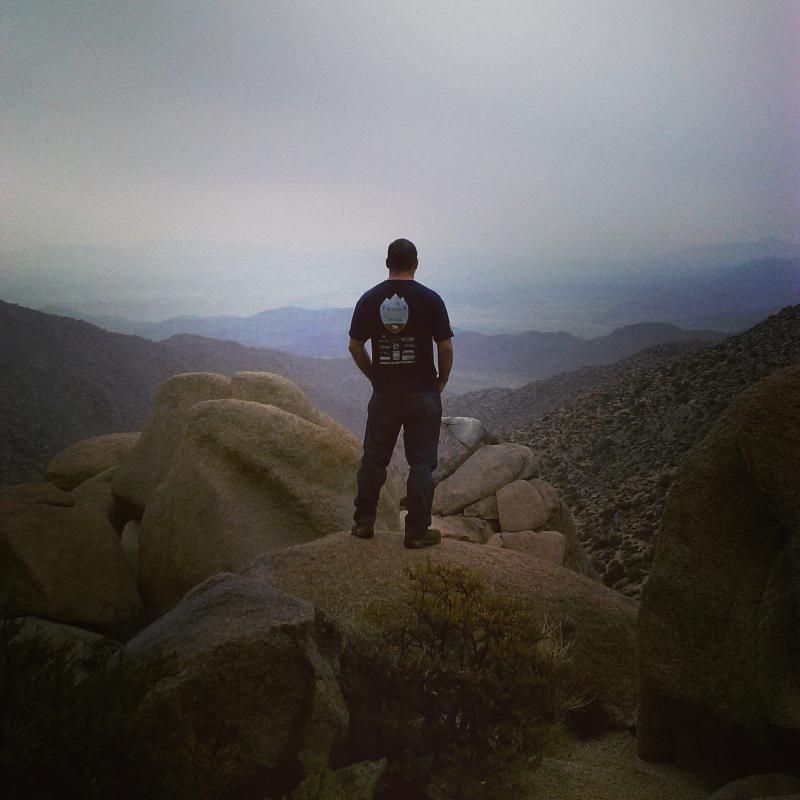


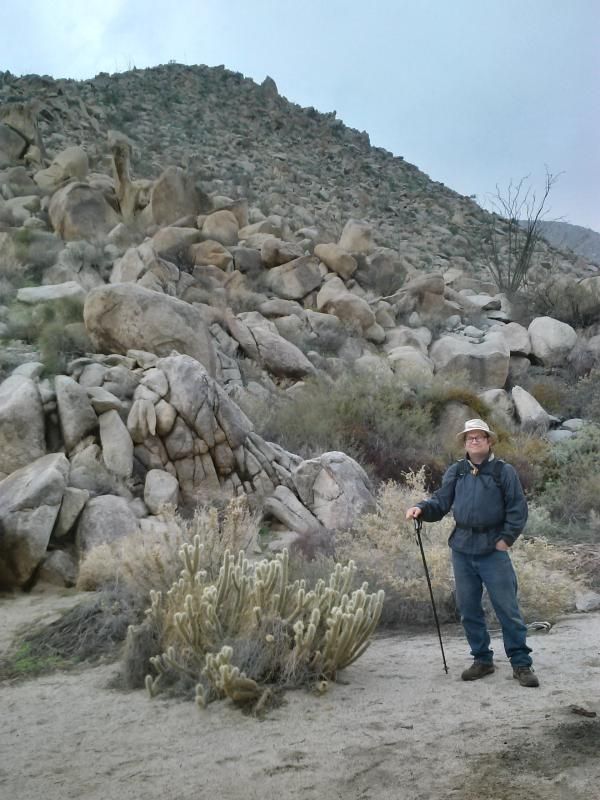

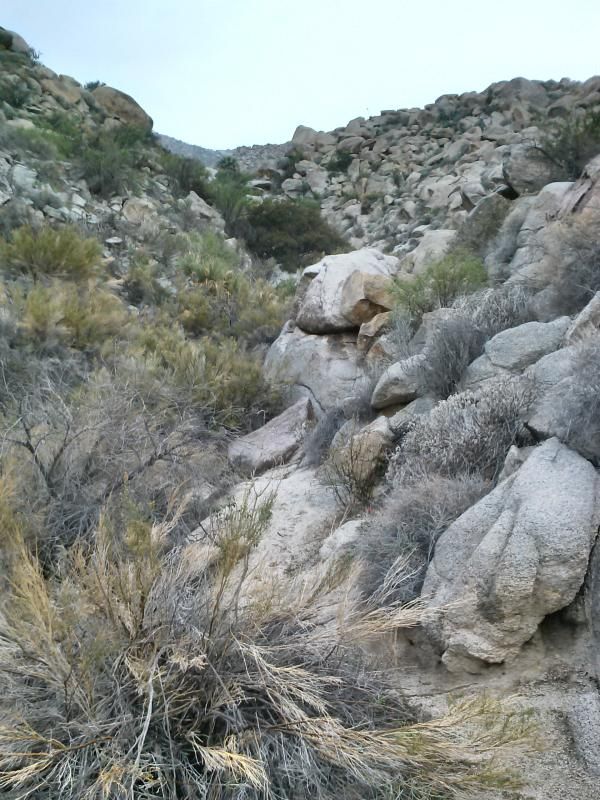

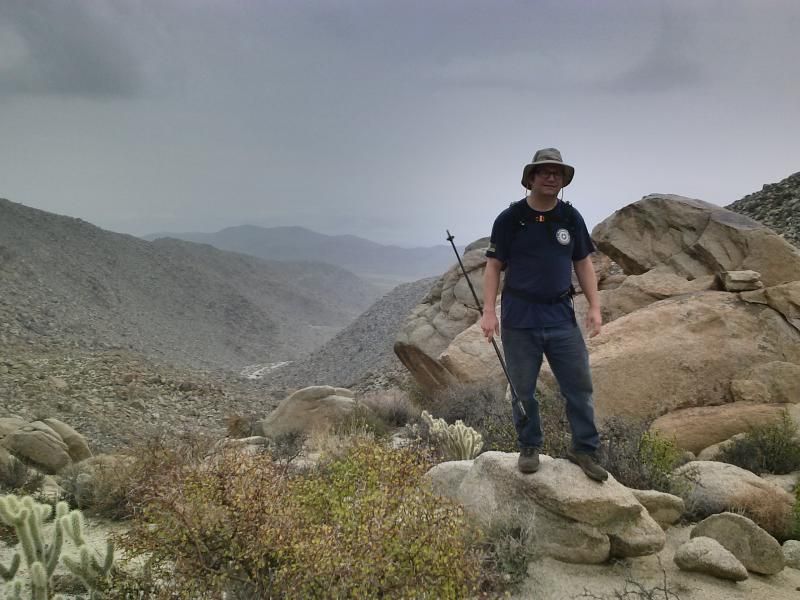
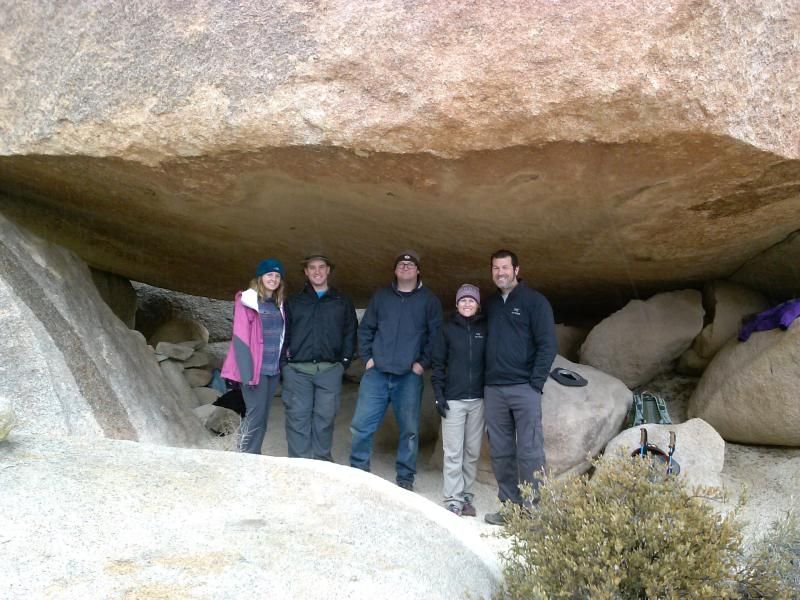
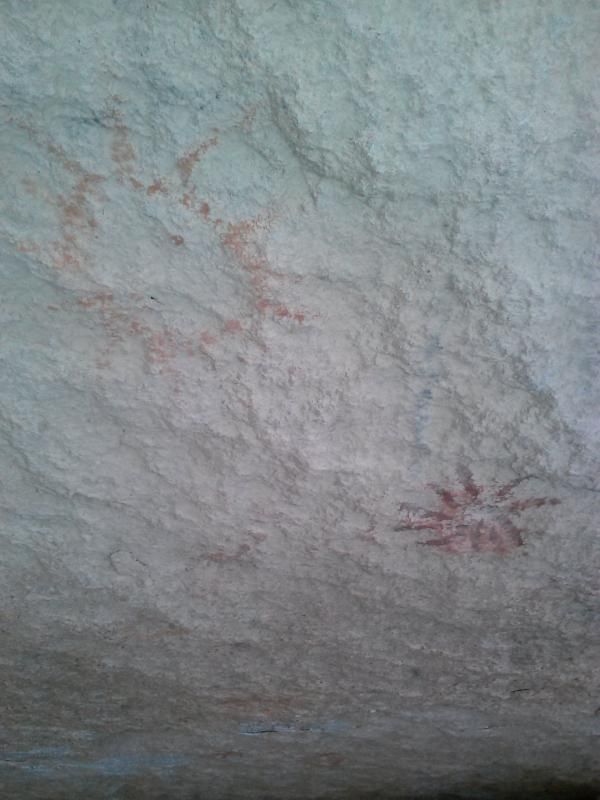
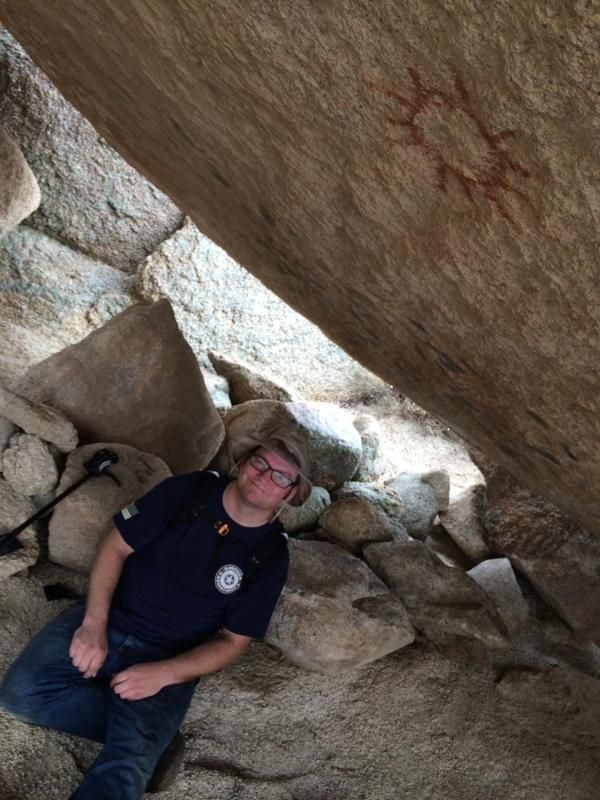
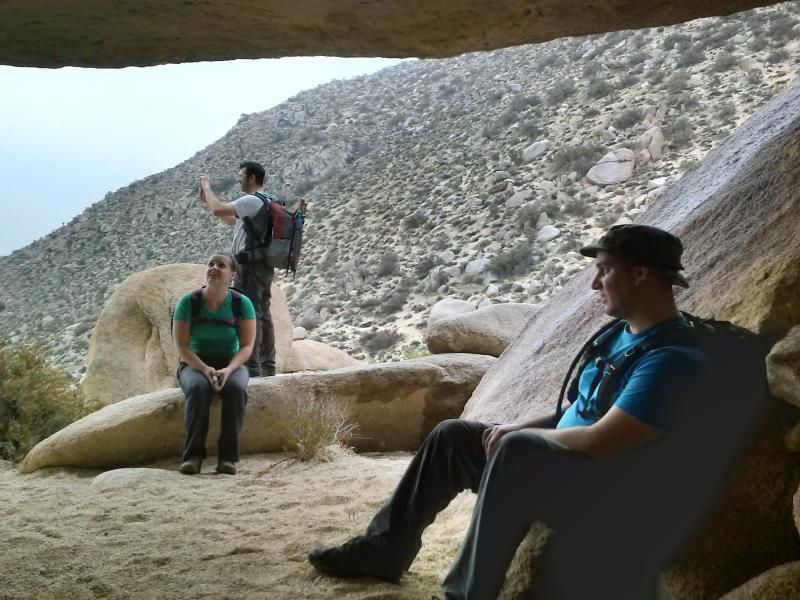

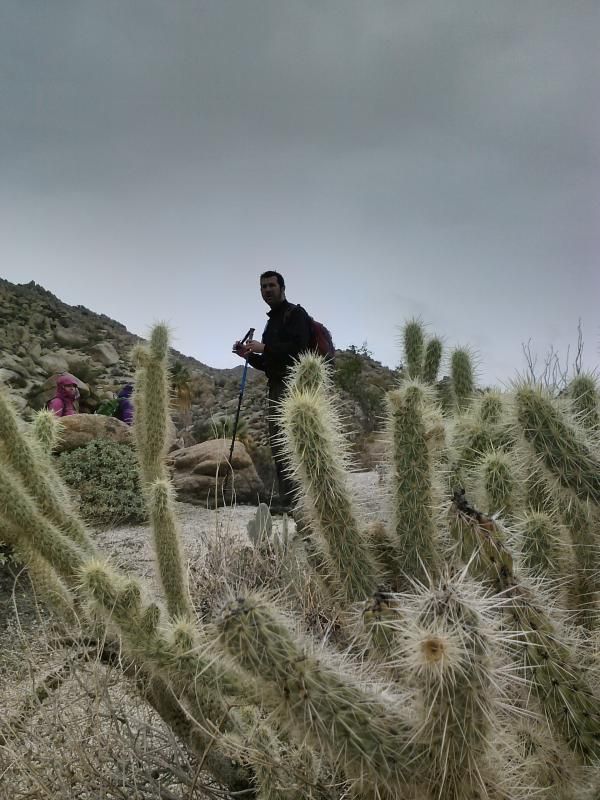
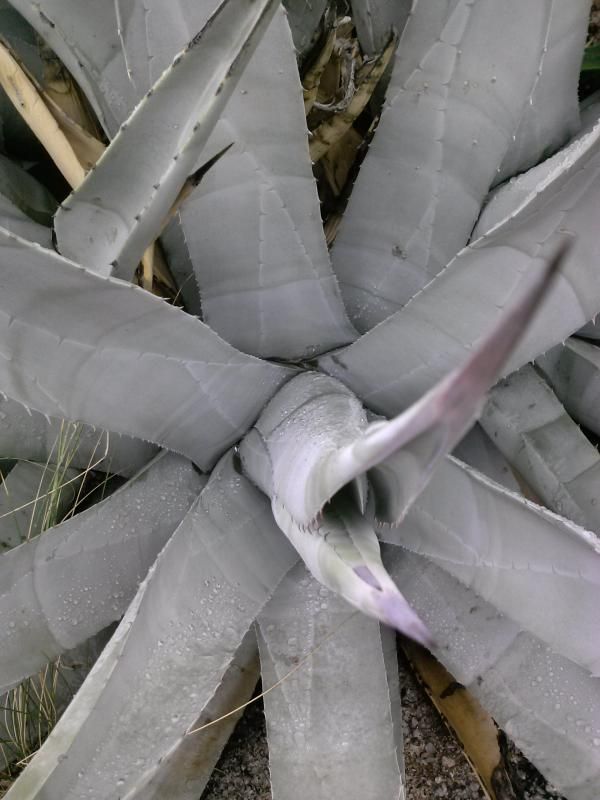
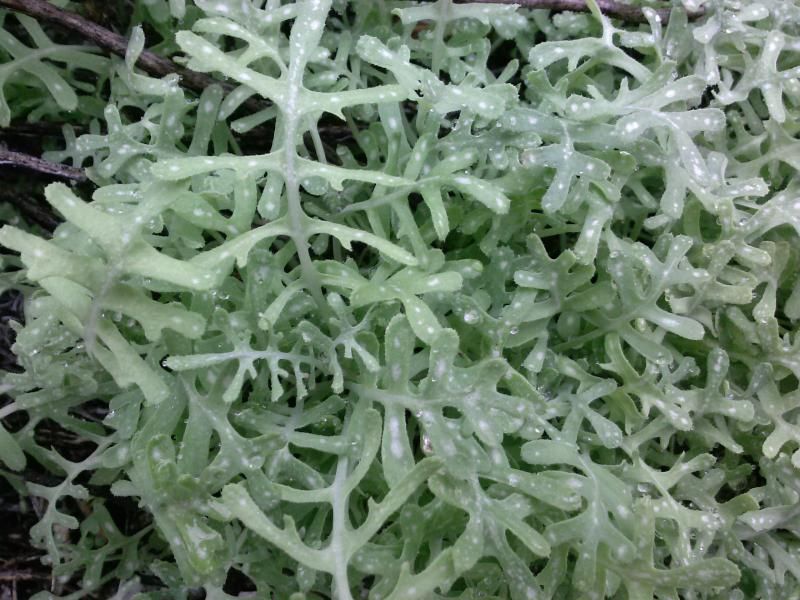
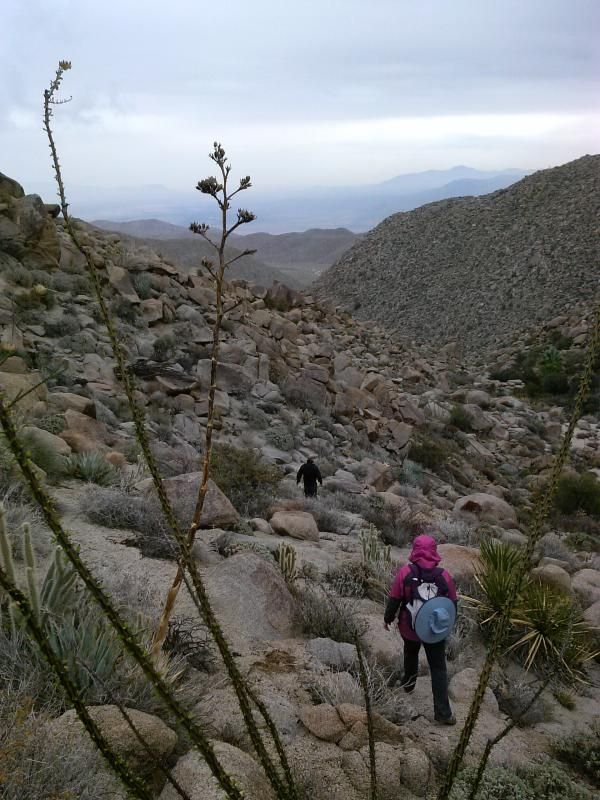
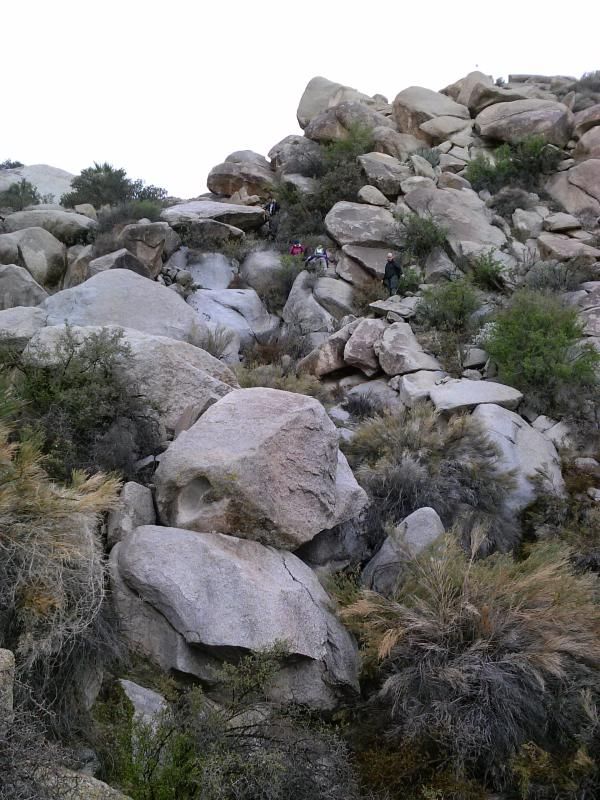
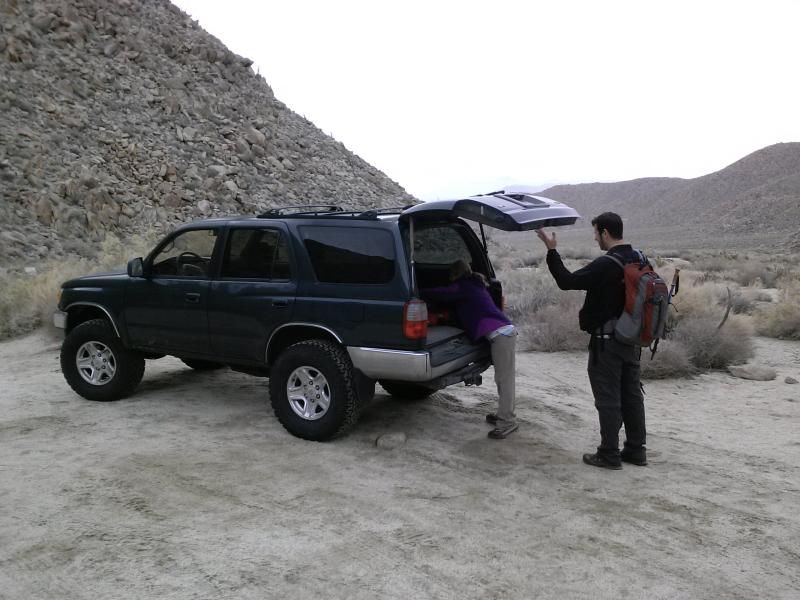
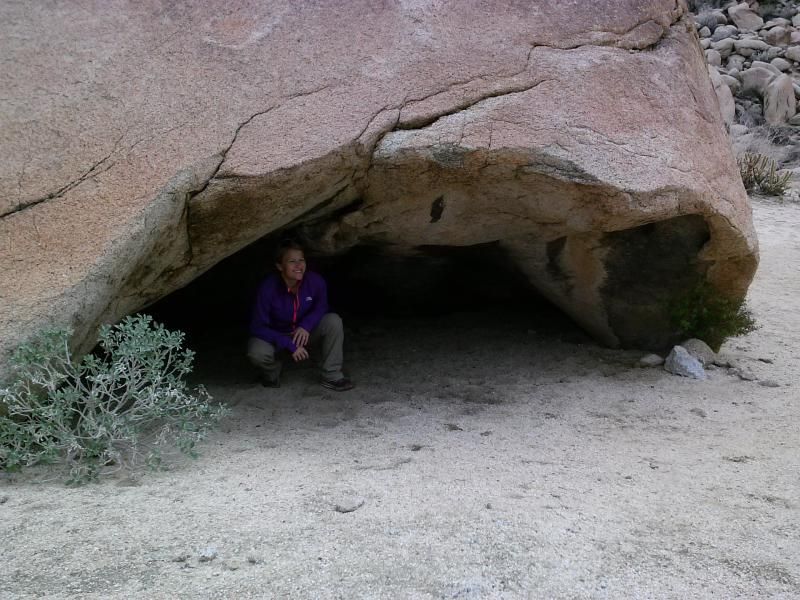
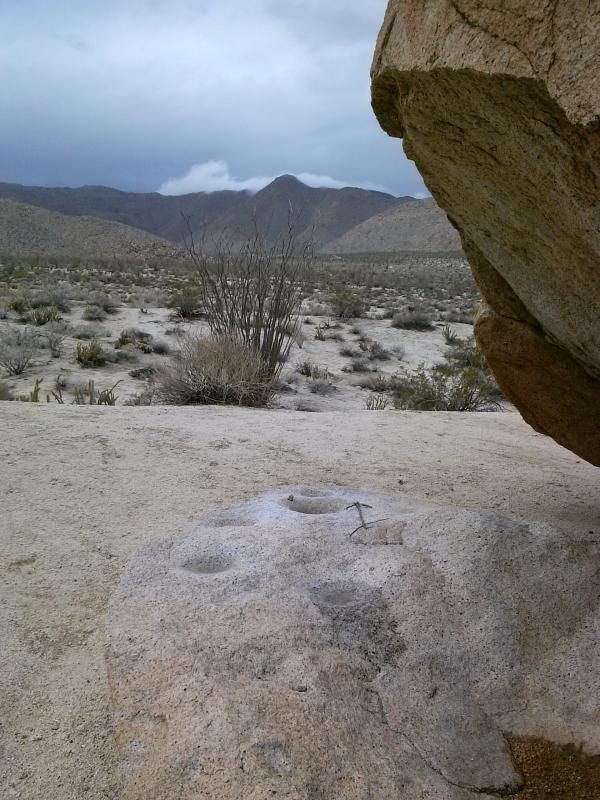




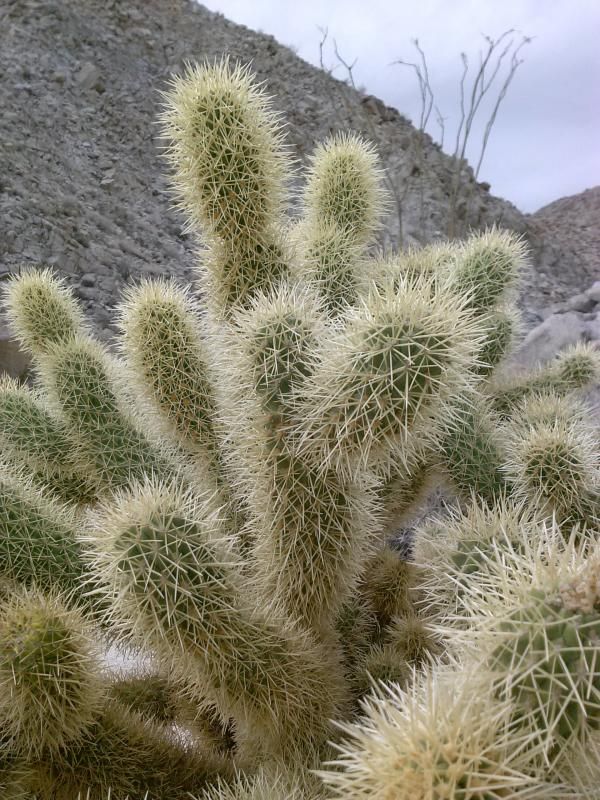

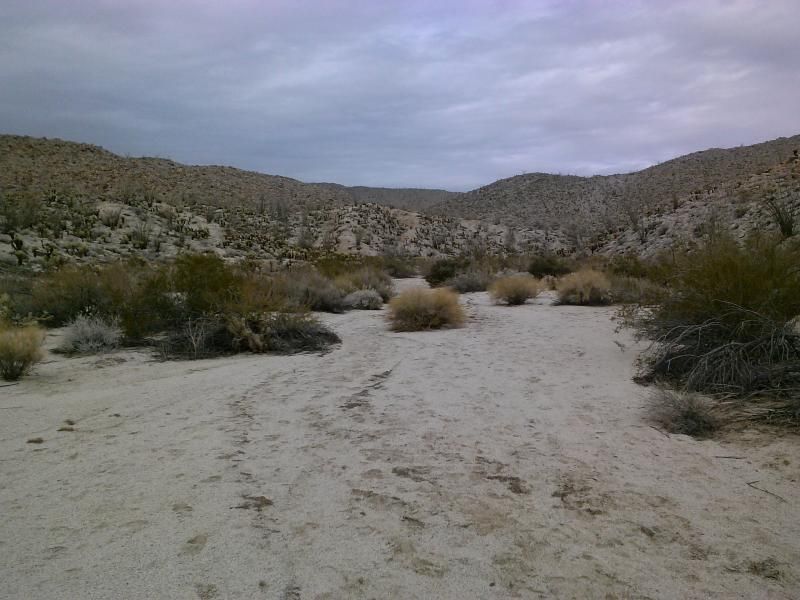
No comments:
Post a Comment